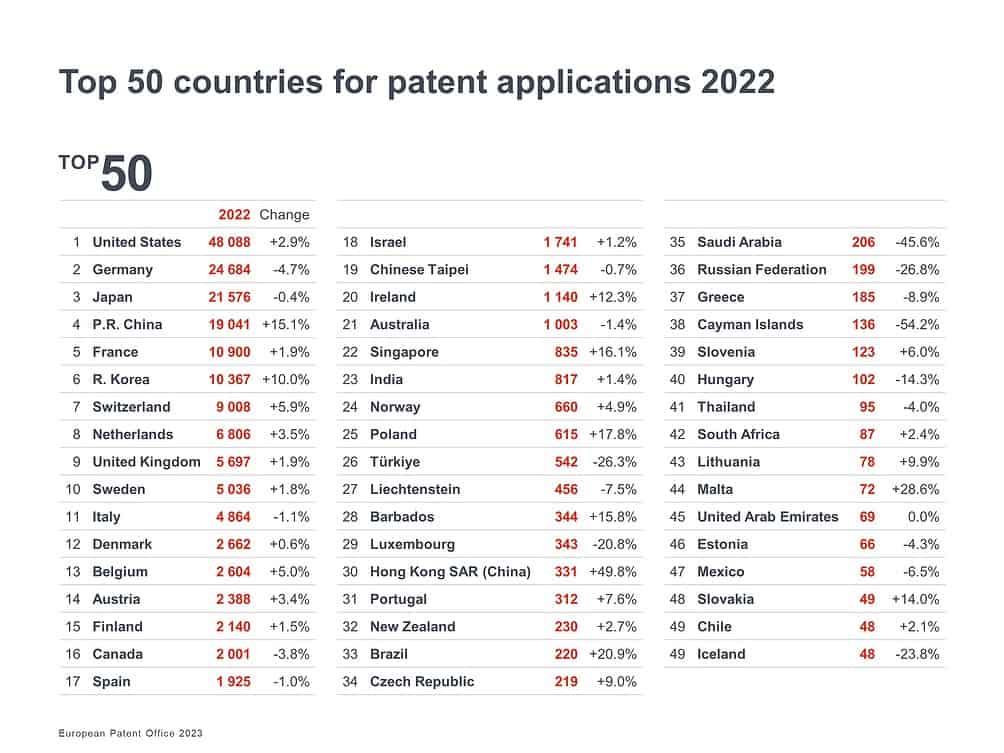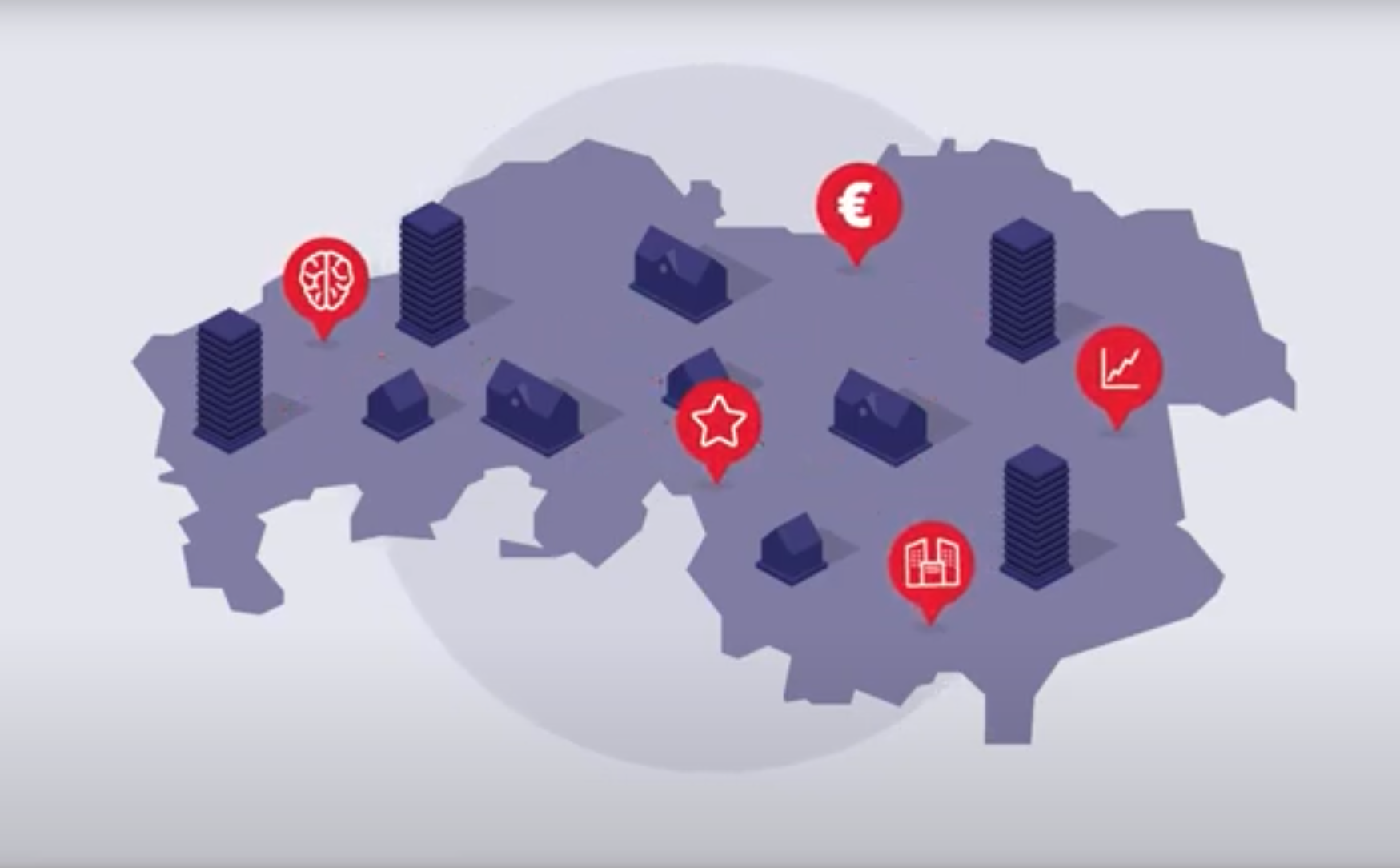
More than half (52.2 percent) of all Dutch patent applications come from the province of Brabant. That is a growth of over four percent compared to last year. The most prominent inventors within the region have become even more critical. Philips, Signify, ASML, and NXP knocked on the European Patent Office (EPO) door more often in 2022 than a year earlier—the four account for more than forty percent of all patent applications in our country.
The number of patents is seen as an essential indicator of a country’s innovative strength. Brabant’s dominance is extreme: the number two, South Holland, applied for nearly three times fewer patents than Brabant. “The new figures are once again proof of the strong innovation culture in this region,” said Guido Leestemaker, Foreign Investments project manager at the Brabantse Ontwikkelings Maatschappij (BOM). “Despite the challenges of the Covid-19 pandemic, labor market tightness, and geopolitical turmoil in Europe, our region remains undiminished innovative. The innovative climate is still strong, and growth remains robust.”
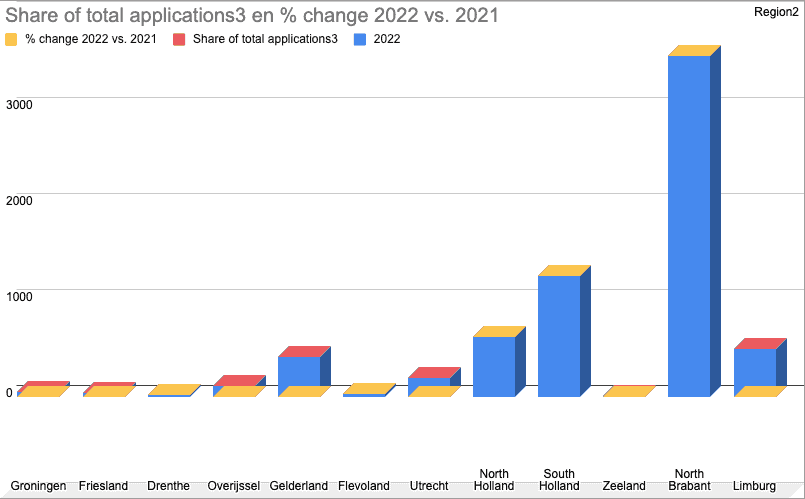
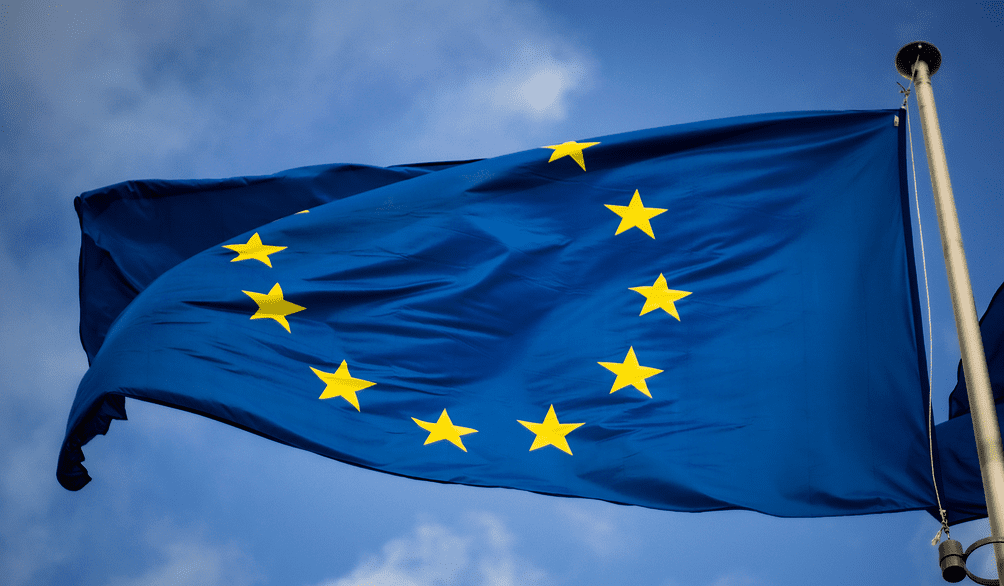
For large companies, patents are important to ensure their distinctive value. For example, Philips has accumulated tens of thousands of patent rights. This year’s harvest totaled 1338 patents, and Philips’ former lighting branch Signify, headquartered at the High Tech Campus, came in second at 743 patents. The main themes in Dutch patent applications are medical technology, electrical machinery, and organic chemicals.
Attracting businesses
Leestemaker emphasizes that the patents (and thus the innovativeness) do not all come from the companies created here. “Our efforts to attract valuable innovative companies to Brabant also contribute to this development. More than 25 percent of Dutch patents come from foreign companies, and in Brabant, these include STMicroelectronics in Eindhoven and Sabic in Bergen op Zoom.”
Bergen op Zoom is an exciting location for more companies, says Leestemaker. “Take, for example, UBQ, a hugely innovative climate tech company that also gets support from the BOM.” UBQ develops advanced materials such as biobased thermoplastics from waste.
Locally, too, they are pleased with the company. “West Brabant wants to be a leader in the transition to the new economy,” said Dominique Hopmans, alderman for economic affairs in Bergen op Zoom. “Regarding the raw materials transition, UBQ is an excellent example of a frontrunner driving this transition, making the company a circular asset for Bergen op Zoom.”
The majority in the top 10 are from outside Europe
The EPO received 193,460 applications worldwide last year, 2.5 percent more than the year before. The Netherlands ranks third out of all European countries. More than 6,800 applications came from the Netherlands; in 2021, the figure was 6,578. Patent applications from the Netherlands were mainly for inventions of medical technology, electrical machines, and organic chemicals.
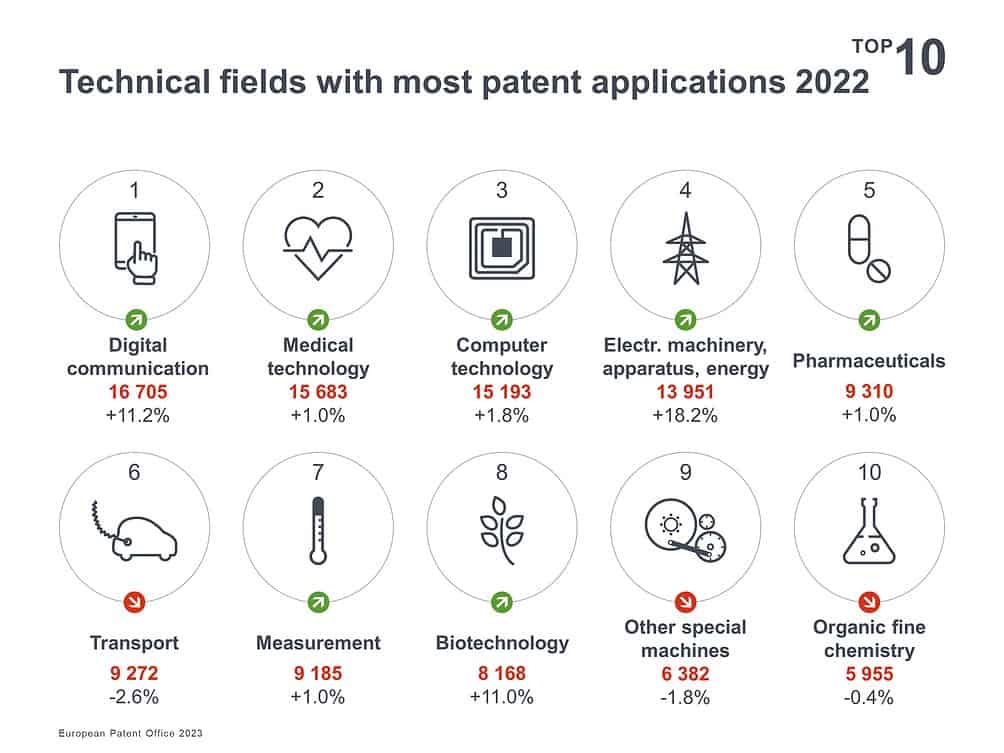
Huawei was the leading patent applicant at the EPO for the fourth time since 2017, followed by LG, Qualcomm, Samsung, and Ericsson. The top ten includes four companies from Europe (Philips, BASF, Ericsson, and Siemens), two from South Korea, two from the US, and one each from China and Japan. Patent applications also often come from small companies, according to the EPO. One in five requests worldwide in 2022 came from an individual inventor or a small or medium-sized organization with fewer than 250 employees. Universities and public research organizations applied for seven percent of patents.
